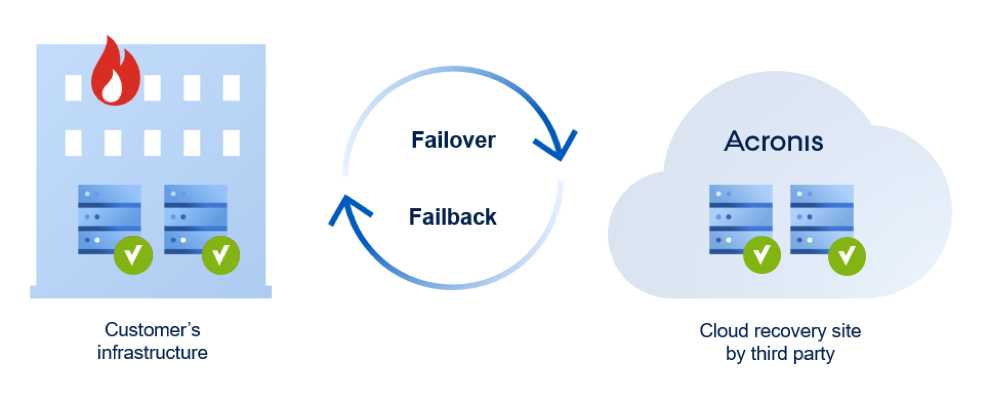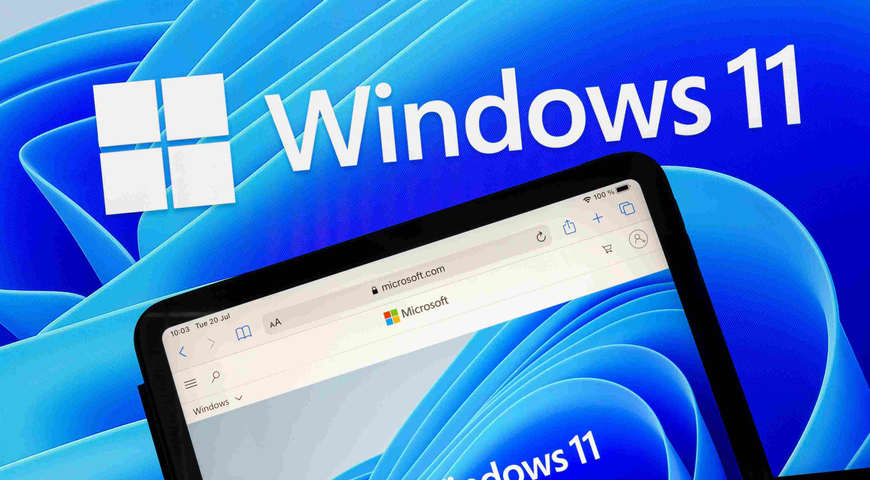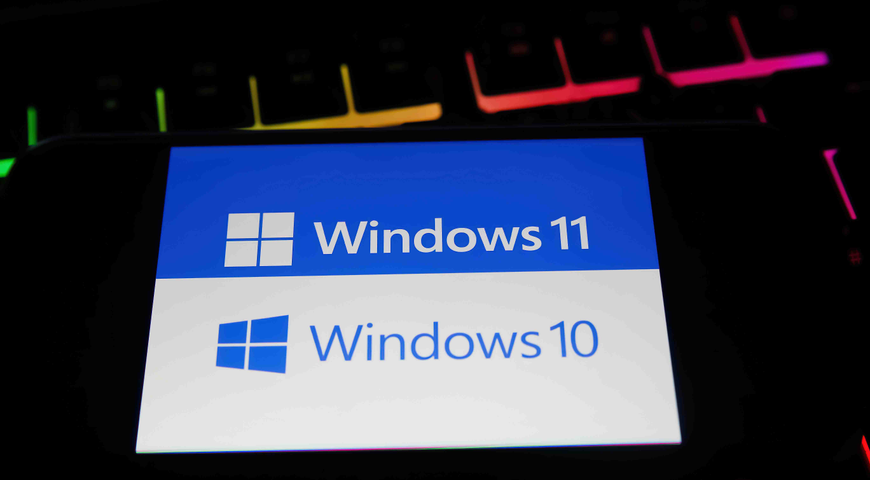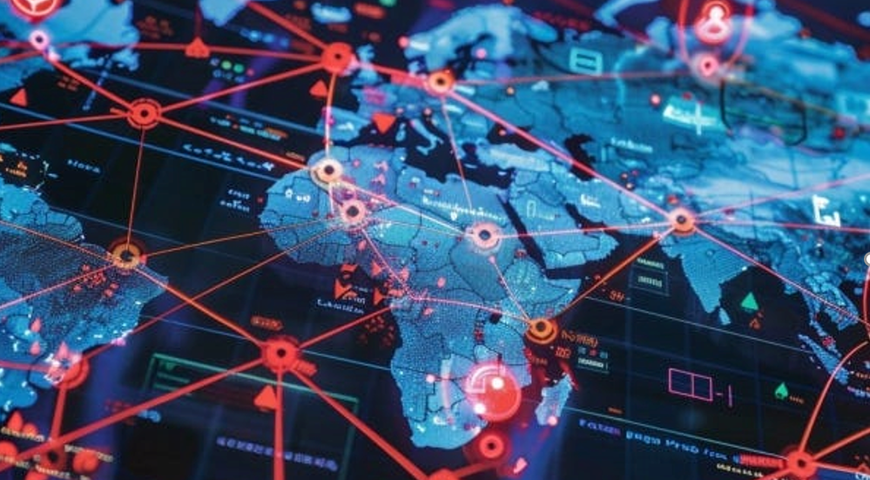La recuperación de desastres como servicio, o solución DRaaS, permite a las empresas recuperar rápidamente datos y aplicaciones críticas aprovechando la infraestructura de un proveedor de computación en la nube externo (por ejemplo, ordenadores, redes y almacenamiento). DRaaS (Disaster Recovery as a Service) ofrece servicios de recuperación instantánea al ejecutar sistemas en un centro de datos externo.
¿En qué se diferencia la recuperación de desastres de la copia de seguridad?
Mientras que la copia de seguridad ofrece un enfoque constante para la recuperación, la recuperación ante desastres garantiza que las empresas puedan seguir funcionando en caso de crisis. Es decir, la recuperación ante desastres (DR) es una solución especializada que se centra en la velocidad de recuperación para mantener la continuidad del negocio, mientras que la copia de seguridad ofrece una protección de datos fiable que garantiza la recuperación de los datos, incluso si se tarda un poco en recuperarlos.
¿Cómo funciona un DRaaS?
La computación en la nube permite la recuperación ante desastres como un servicio, o la replicación y alojamiento de servidores físicos o virtuales por parte de terceros, que proporciona recuperación en caso de una catástrofe natural o provocada por el hombre. Aquí están los pasos principales del proceso:
1. Replicación: – Duplicar datos de un entorno activo y enviarlos a un tercero que pueda alojar el entorno de forma remota.
Nota: Es importante que la replicación incluya tanto servidores virtuales como físicos, o que ofrezca una solución "híbrida", ya que la mayoría de las organizaciones cuentan con una infraestructura que depende de ambos. Además, para los casos de uso en los que los datos se añaden o modifican con frecuencia, las soluciones deben permitir la realización de instantáneas periódicas de los datos a fin de evitar la pérdida de datos durante la conmutación por error.
2. Conmutación por error (failover): – El proceso de mover el acceso del usuario final a los datos, durante una catástrofe, al host de un tercero.
Nota: La velocidad es de suma importancia cuando se trata de soluciones DRaaS (Disaster Recovery as a Service), ya que cualquier tiempo de inactividad puede ser perjudicial para las empresas.
3. Conmutación por recuperación (failback):– El proceso de mover datos desde el entorno del host de un tercero hasta el del usuario final.
Nota: Asegúrese de que los procesos de replicación se vuelvan a activar tan pronto como se complete la conmutación por recuperación. De este modo, se garantiza el restablecimiento de la protección continua.

¿Cómo puede DRaaS beneficiar a los clientes?
Las empresas de hoy en día no tienen tolerancia al tiempo de inactividad, por lo que DRaaS (Disaster Recovery as a Service ) proporciona un puente crítico que permite a las empresas operar de forma remota mientras se restauran los procesos normales. Mientras que los desastres naturales están comúnmente asociados con la necesidad de DRaaS, cinco de los casos de uso más comunes son:
1. Apagón en las instalaciones 2. Fallo en la red 3. Software, error de sistemas de TI 4. Fallo en el centro de datos local (no debido a un corte de energía) 5. Relacionadas con la seguridad (ataque de malware)
La recuperación rápida es vital para evitar costosos tiempos de inactividad (tanto financieros como de reputación) y garantizar que las empresas sigan siendo competitivas y cumplan con las normas. Esto significa que, al subcontratar la recuperación ante desastres como un servicio de proveedores de servicios gestionados, los clientes también evitan la compleja y lenta organización de la recuperación ante desastres, ya que pueden contar con la solución para trabajar rápidamente.
Ventajas de DRaaS para los proveedores de servicios
Los proveedores de servicios pueden haber enganchado a los clientes con servicios básicos de TI, pero los estudios muestran que para hacer crecer el negocio es vital reducir la pérdida de clientes o aumentar la retención de clientes. Hoy en día, los proveedores de servicios pueden hacerlo ofreciendo soluciones innovadoras de protección de datos basadas en la nube. La copia de seguridad como un servicio es el punto de partida. Ayudar a los clientes a evitar el tiempo de inactividad en caso de crisis y a recuperar rápidamente los sistemas críticos es una solución adicional esencial, y eso requiere una recuperación de desastres como servicio.
Los proveedores de servicios que trabajan con una solución llave en mano pueden añadir este servicio a sus ofertas con facilidad: sin CAPEX y sin necesidad de hardware, los proveedores de servicios pueden accionar un interruptor para ofrecer DRaaS.
Mientras tanto, como hay muchos casos de uso en los que DRaaS puede ser efectivo para los clientes, más allá de los desastres naturales, los proveedores de servicios que ofrecen DRaaS (Disaster Recovery as a Service) pueden aprovechar nuevas fuentes de ingresos mientras que refuerzan la confianza de los clientes en una crisis.
Costes del tiempo de inactividad
Los informes presupuestarios proporcionan la información necesaria para evaluar los costes, los gastos de infraestructura (desde el personal hasta el hardware de TI), así como los canales de generación de ingresos. Las empresas necesitan ejecutar los números para establecer los requisitos básicos que tienen que seguir ejecutando.
Consejo profesional: Dado que las empresas deben gastar más para recuperarse rápidamente, es importante establecer niveles de recuperación por adelantado, desde lo más crítico hasta lo menos.
Coste de los servicios de recuperación de desastres
Con las ofertas de pago según el uso, la recuperación ante desastres como servicio es rentable: los clientes pueden acceder a DRaaS por una tarifa mensual predecible y fija. Por otro lado, los clientes que no se inscriben pueden perder hasta 100,000 dólares por hora de tiempo de inactividad, que es la pérdida promedio reportada por el 98 por ciento de las organizaciones.
El coste también depende del tipo de solución DRaaS que usted elija. Hay tres opciones principales:
1. Autoservicio – Compre la solución y ejecútela usted mismo
2. Asistido – Compre una solución que esté respaldada por profesionales de DRaaS que le puedan ofrecer asesoramiento o asistencia, según sea necesario.
3. Gestionado – Externalice su DRaaS (Disaster Recovery as a Service) a expertos que puedan diseñar su plan y gestionarlo por usted.
Cómo ganar más vendiendo DRaaS
Ofrecer todos los servicios de protección de datos que las empresas necesitan es una forma sencilla de reducir la pérdida de clientes, diferenciar el negocio de su proveedor de servicios, demostrar su experiencia y llegar a nuevos mercados. Aquí hay algunas maneras de hacerlo:
1. Aumentar el potencial de ventas educando a los clientes
Para comenzar a vender la solución, es necesario educar a los clientes sobre la diferencia entre los servicios de copia de seguridad y recuperación ante desastres y los diversos casos de uso de la recuperación de desastres. Por ejemplo, con la adopción generalizada de soluciones en la nube (por ejemplo, Microsoft 365) hoy en día, los proveedores de servicios tienen una gran oportunidad para involucrar a los clientes sobre el valor de las soluciones de copia de seguridad y recuperación ante desastres como servicio. La mayoría de los clientes no saben que cuando se trata de soluciones de computación en la nube de terceros, la responsabilidad de proteger esos datos recae en los clientes.... o en usted, su proveedor de servicios.
Mientras tanto, la recuperación de desastres como servicio no se limita a los desastres naturales. Los proveedores de servicios que educan a los clientes sobre una variedad de situaciones, desde enemigos tradicionales como errores humanos, fallos de software y hardware hasta amenazas modernas como malware, pueden vender más fácilmente estas soluciones a todos los clientes.
2. Hacer que los servicios de recuperación ante desastres sean asequibles para las PYMES
Cuando se trata de recuperación de desastres, existe una oportunidad única para ayudar a las PYMEs que no tienen el presupuesto y/o la experiencia del personal de TI para implementar una solución de recuperación ante desastres compleja. Con la solución correcta, usted puede ofrecer a los clientes una alternativa asequible de DRaaS para que no sólo estén preparados para lo peor, sino también para proteger su presupuesto.
3. Ofrecer servicios integrales para todos los clientes
Hoy en día también hay una creciente demanda de apoyo integral por parte de los proveedores de servicios. La recuperación ante desastres es la extensión natural de la copia de seguridad y ofrece una forma fácil de aumentar las ventas de los clientes, especialmente cuando la solución tiene una tarifa mensual accesible y predecible, y la alternativa es el costoso tiempo de inactividad.
4. Garantizar el cumplimiento
El cumplimiento de los requisitos de cumplimiento es esencial no sólo para los clientes existentes, sino también cuando se trata de la incorporación de nuevos clientes. Al ofrecer DRaaS (Disaster Recovery as a Service) puede dirigirse a nichos de mercado, como bufetes de abogados especializados y consultorios médicos.
Acerca de Acronis
Acronis es una empresa suiza fundada en Singapur en 2003, con 15 oficinas en todo el mundo y empleados en más de 50 países. Acronis Cyber Protect Cloud está disponible en 26 idiomas y en 150 países, y más de 21,000 proveedores de servicios lo utilizan para brindar protección a más de 750,000 empresas.



